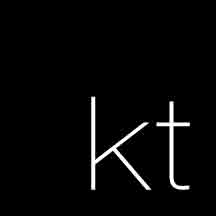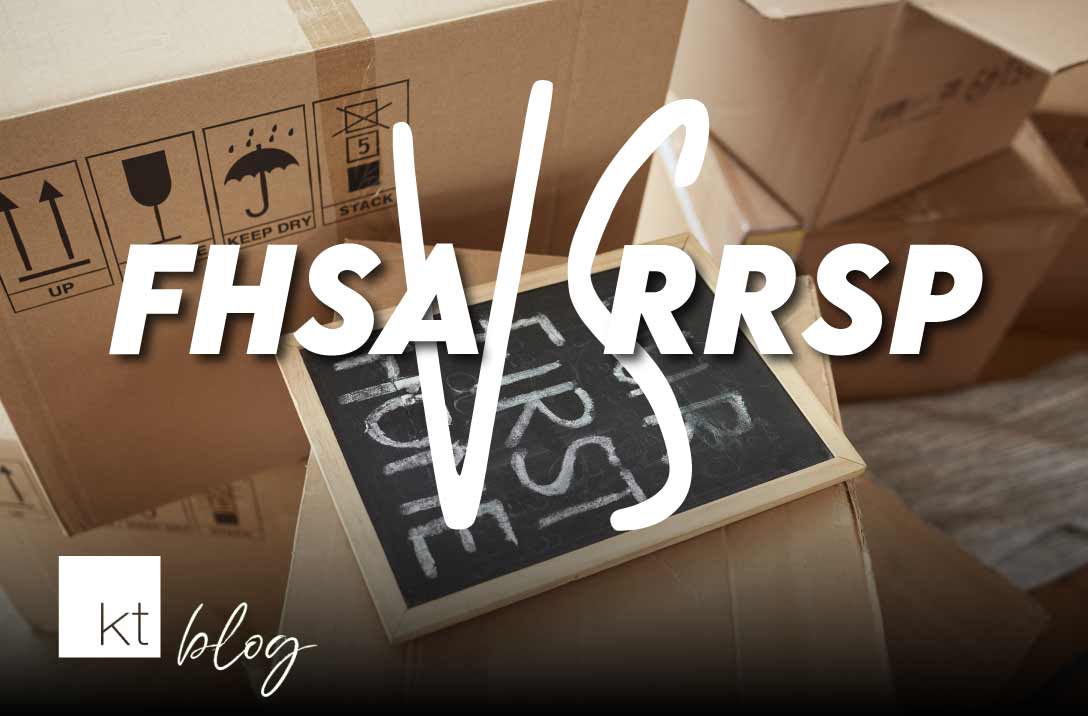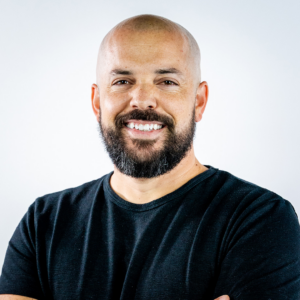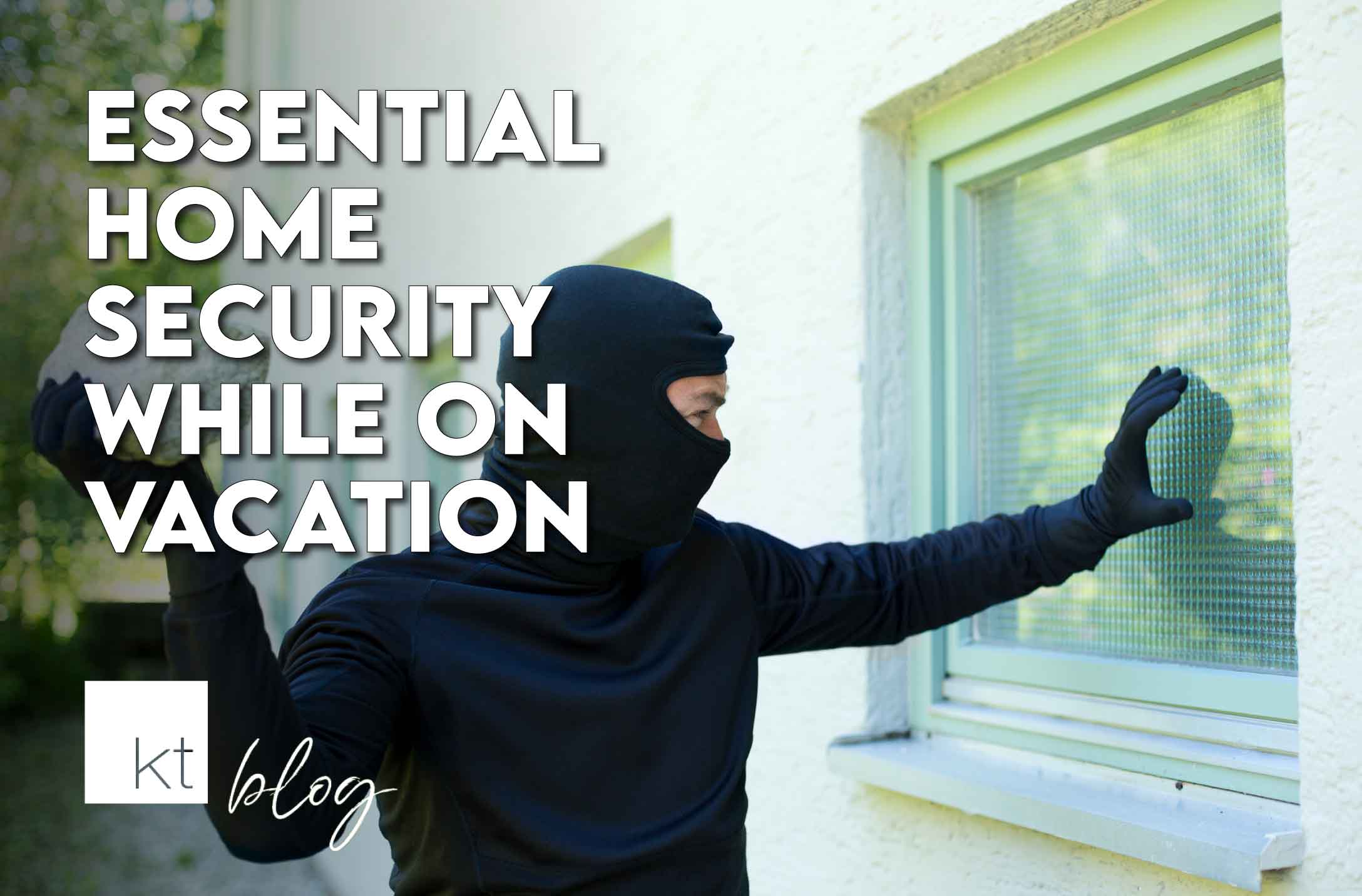As of April 1, 2023, Canadians aged 18 can open an FHSA, a new registered plan designed to help first-time homebuyers save for their first home.
Who Qualifies for an FHSA (First Home Savings Account)
If you’re trying to save money for your first home, it’s a fantastic option. The only requirements are that you must be between 18 and 71, be a current tax resident of Canada, and not have lived in a home that you or your partner owned in the current or any of the previous 4 calendar years. If you’re eligible, you can open one of these accounts and contribute up to $8,000 annually to $40,000.
What are the Benefits of a FHSA?
An FHSA is a hybrid of a TFSA (Tax-Free Savings Account) and a RRSP (Registered Retirement Savings Plan). It’s tax-free like a TFSA and tax-deductible like an RRSP, which means when you pull the money out, you aren’t taxed on it –assuming it’s used for its intended purpose.
Tax-Free Withdraw
Much like a TFSA, the money earned on your investments in this account is non-taxable. This means that when it’s time to purchase a home, you can withdraw the funds from the account and pay no tax on the gains.
No Repayment on FHSA
Unlike the HBP (Home Buyer Plan), which allows you to withdraw funds from your RRSP tax-free and repay them over a period of 15 years, the FHSA withdrawal never needs to be repaid.
Add to your RRSP Contribution Limit
RRSP contribution limit increases annually, adding contribution room based on a permitted percentage of your income; the percentage often fluctuates and caps at a total annual income. Check the CRA website to confirm current numbers. Outside of this, there’s generally no way to contribute more UNTIL NOW. If you decide not to use the money in your FHSA, you can transfer it to your RRSP, adding the amount transferred as an additional contribution room without utilizing the permitted contribution room at that time.
Investing the FHSA Contributions
You can set up an FHSA as a self-directed account and put the money in stocks, bonds, or ETFs. You can also put it in GICs. Or, if you’re not comfortable doing this yourself, your bank will have options to handle this for you.
Should I contribute to my FHSA or RRSP?
If you’re undecided about where to put your money, start by maxing out the FHSA because you’re getting the tax credit and not getting taxed on it when you take it out, and you can still invest it in all the same places. It’s a win-win and a great plan —even if you have no intentions of buying a house.
The FHSA comes into effect when buying a house is becoming more unaffordable, and using the traditional methods of saving isn’t proving adequate. Although it’s not often discussed, another obstacle facing young people trying to save up for a mortgage is a lack of financial education offset against a system that trains people to spend, spend, spend from a very early age.
If you’re planning for your future, and a house is among those plans, connect with us to learn more about the ins and outs to successfully buying real estate.





